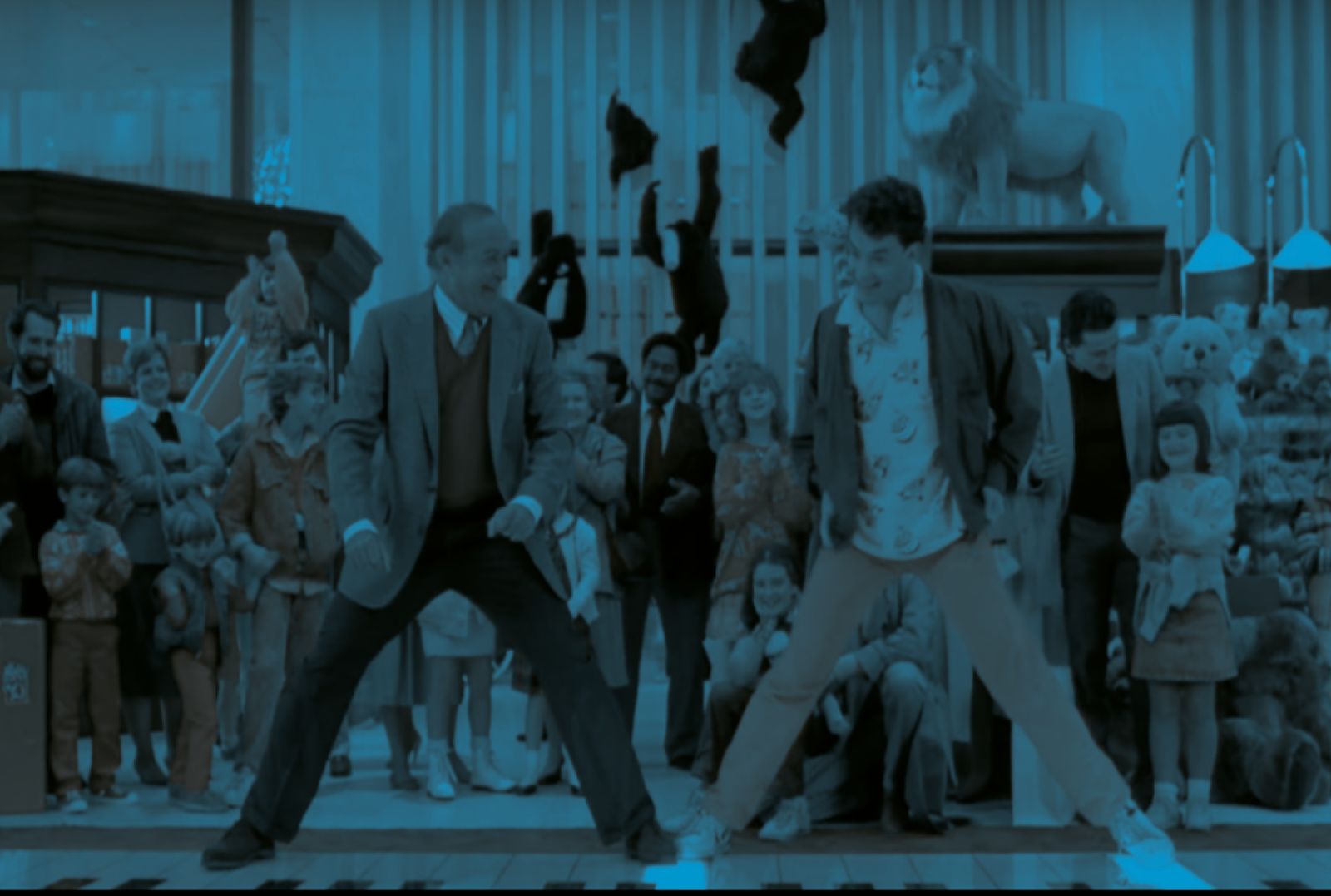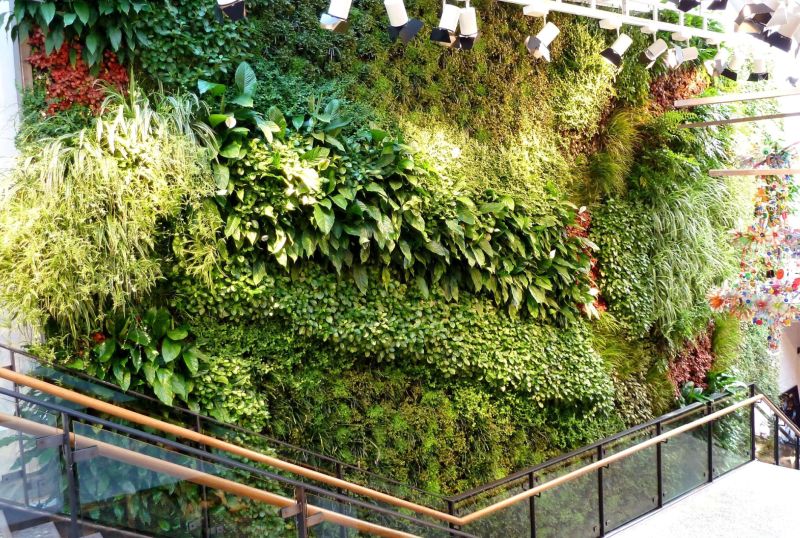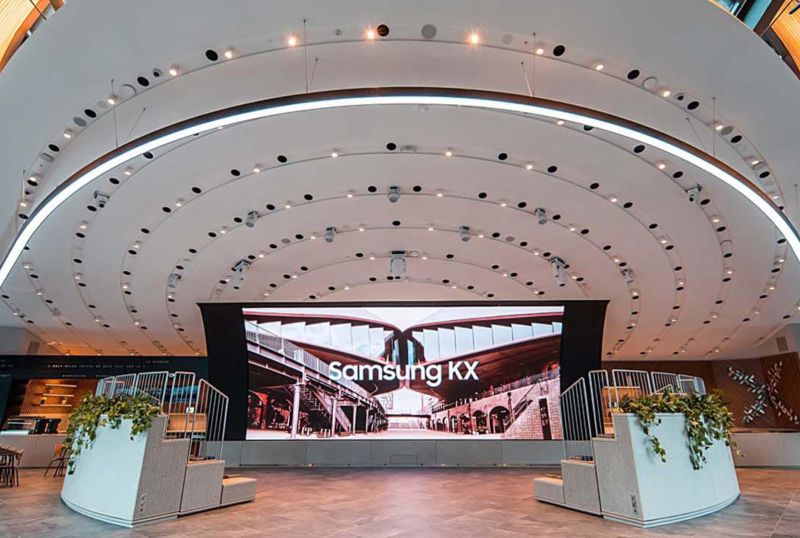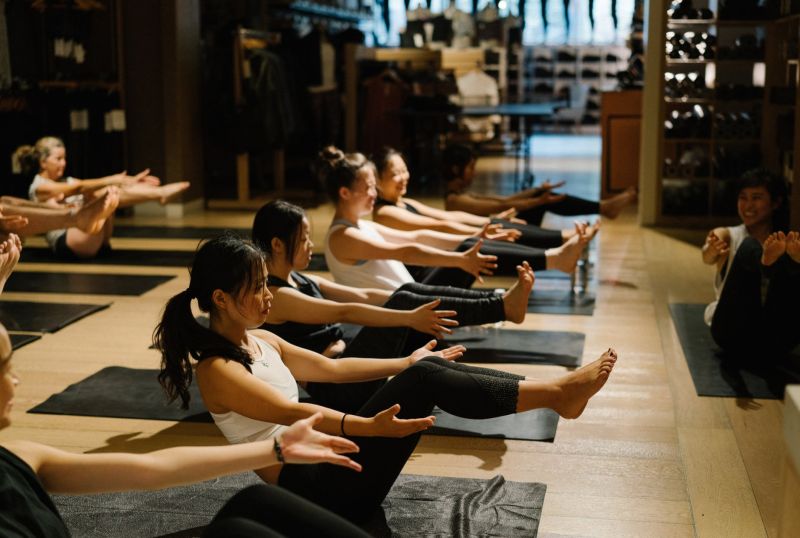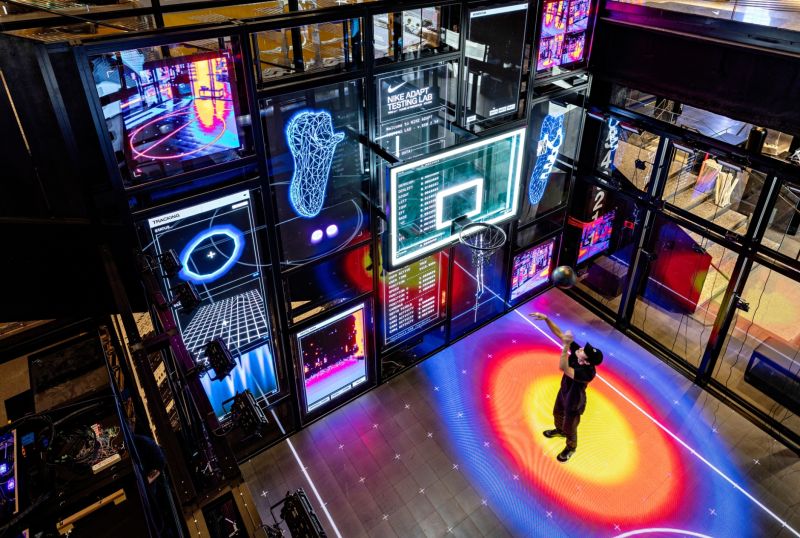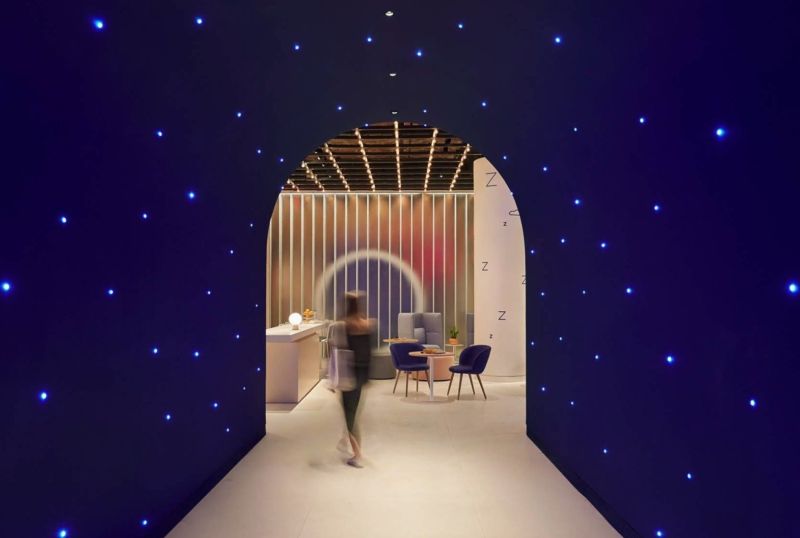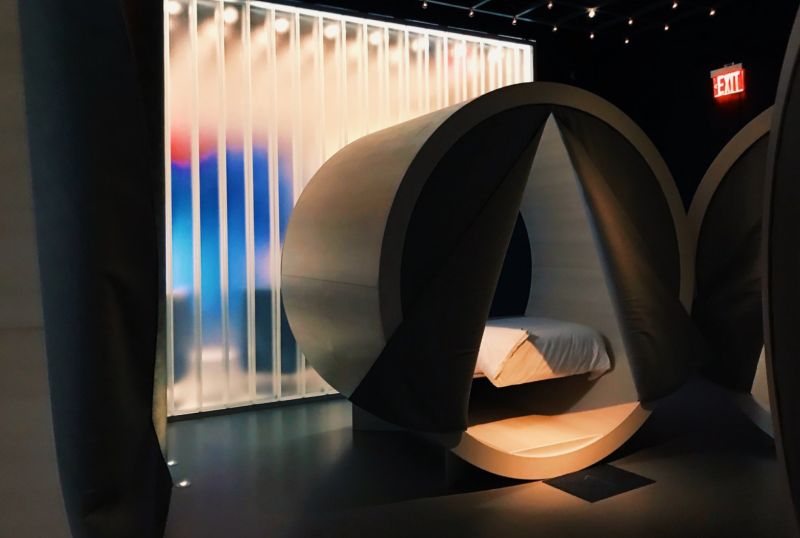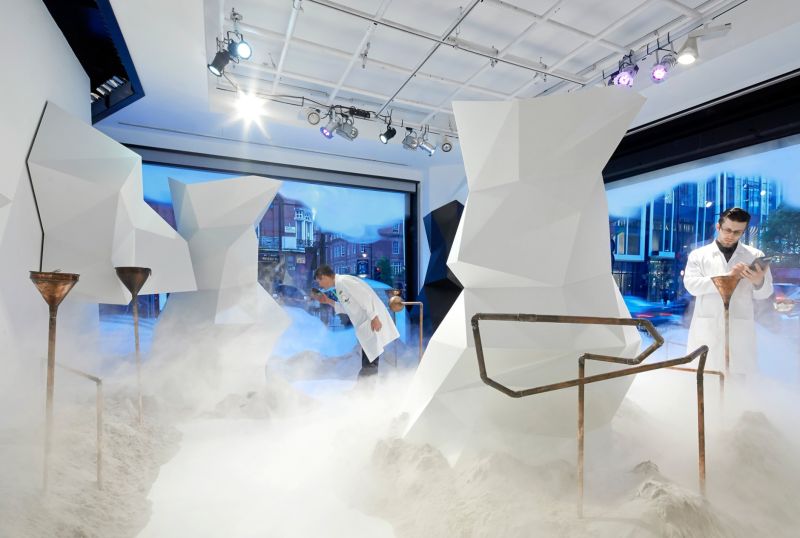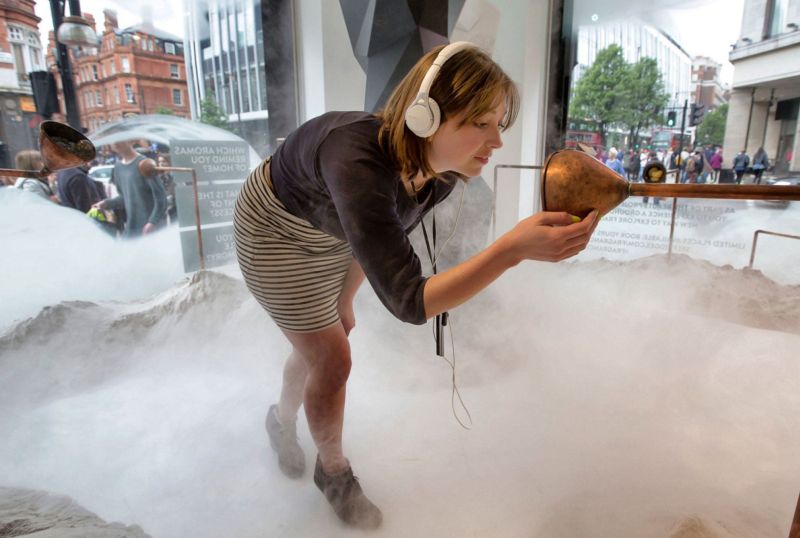Can we reframe ‘retail therapy’ to make shopping a healthy experience?
Today, we are all more aware than ever of our fragility and the importance of our health. We increasingly understand what being healthy is, and we are using our downtime to engage in healthy practices. Health and wellbeing have become a higher priority and a more significant part of people’s essential daily activities.
Our evaluation of what health is has changed, and we now have a more holistic view of what constitutes health. Factors such as diet and stress have never been more topical as people scramble to understand what builds the good armoury for a potential fight against viruses and illness.
Alongside this, our awareness and appreciation of good mental health is also heightened. There’s no doubt that due to the 2020 pandemic, masses of people across the globe experienced profound anxiety and perhaps depressive symptoms for the first time. A wider societal appreciation for the difficulties of mental health symptoms has emerged. Other people’s health realities are becoming our collective concern and are associated with our values, as good health is vital to us all. These new values are another thread of our empathy towards human conditions. Like other social issues, consumers will make health a brand affiliation that will drive future purchasing decisions.
A healthy retail experience
What about leaving a retail store healthier than when you entered it? Could shopping be re-framed as a healthy activity? Could we create a different incentive to shop? As health markers become more objectively measurable, imagine measuring your activity or step-count as you shop. You leave a store with a new product you love, but also with an understanding of how many calories you have burned in the process and what this means for your health. How can stores promote a healthier shopping experience? Stores could be promoting ‘no escalators’ in stores, encouraging more customers to take the stairs. Perhaps brands could incentivise being healthy by providing discounts to people walking to the store rather than validating parking for free. Stores commonly offer complimentary coffee and water, but what about vitamins or other health supplements? As a starting point, biophilia should be integrated into store design where possible; daylight, plants, and fresh air are all solutions to greater holistic health in retail. We can imagine future in-store experiences that can objectively induce alpha-brain waves; a meditating state has proven to have healing properties and lower stress.
Self-development through retail
Transformative retail experiences are nothing new, but usually, they exist in the domain of education or skill development. A customer can leave an Apple store with improved drawing skills or product expertise. We’ve already seen a rise in transformational experiences in stores - both mental and physical.
Learning is the cornerstone of these transformational experiences and will become the standard baseline in all types of retail. Customers’ understanding of what can be experienced in a retail store will continue to expand. Customers will increasingly want to get the most out of their products and enjoy brand benefits from interactions and activities embedded in the store experience.
Can we view shopping as meditative?
We readily understand the health benefits of a walk in the park. So, if we can design the shopping experience well, we can re-frame the way we think about it. How can we bring ‘Retail Therapy’ to life so we can understand and value the emotional rewards of shopping? What is the value of discovery? Or of an ephemeral sensory experience? We overlook many aspects of shopping - we can socialise, learn, discover, or escape. Somewhere between functional convenience and frictionless retail, we have lost sight of the value and benefits that shopping can add to our daily lives. Currently, marketing is predominantly about value and price – it’s never about healthy experiences. Brands have the power to change the way people view their store experiences, and retail designers have an opportunity (perhaps an obligation) to change the way we all perceive shopping.
Today, personal health and wellness have risen to the fore. We are more aware than ever about the importance of health. Our idea of health and wellness has pivoted, and we now look at things more holistically, including our mental health, and view wider communal health as a social cause of importance. Retail will need to provide transformative experiences more than ever if we want to improve ourselves while shopping.
The idea of ‘health’ will be at the forefront of brand benefits, and this will come to life within retail environments and experiences. Brands will be asking how retail can be healthier and how shopping can improve customers’ health and wellness? A key component will be viewing retail in a different light, focusing on the more positive, new-found aspects of retail therapy.
